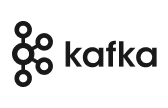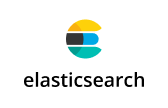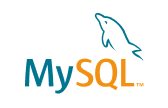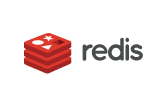Why MongoDB?
MongoDB is a database management system that works with a document-oriented data model and stores information in the form of documents or collections. Unlike relational DBMSs, it does not require tables, schemas, or a separate query language.
- The flexible data structure allows you to store heterogeneous data types in a single collection. This makes it possible to easily change the data schema without complex migrations.
- Flexible generation of document queries without the need for complex data merging operations, which simplifies and speeds up access to the information you need.
- Storing data in internal memory, provides quick access to frequently used data and improves overall application performance.
- There is no need to convert application objects to database format, which simplifies development and reduces the amount of code.
- Data storage in the form of flexible JSON documents, which allow you to easily adapt the data structure to changing business tasks and simplify work with information.
- Ability to create indexes, which greatly speeds up search and query operations, improving system performance and responsiveness.










